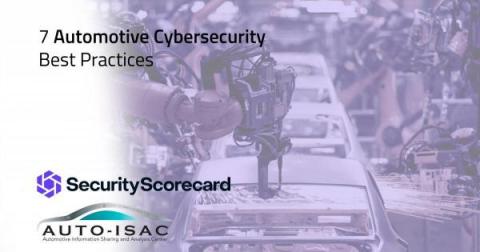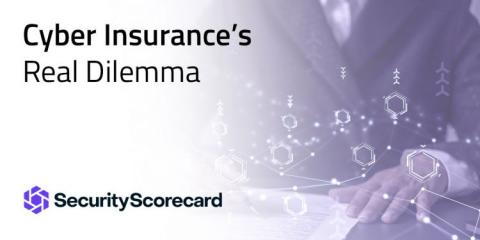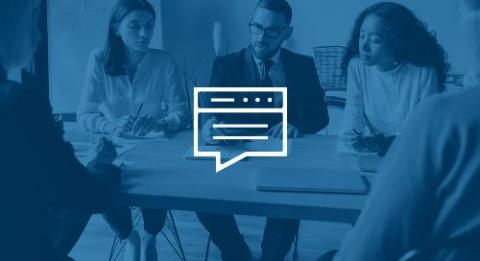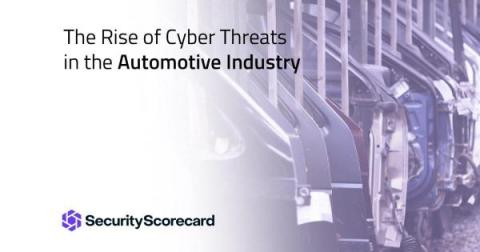Security | Threat Detection | Cyberattacks | DevSecOps | Compliance
Latest News
Data Protection vs. Data Privacy
7 Automotive Cybersecurity Best Practices
The increased connectivity in modern vehicles adds convenience to drivers and passengers. However, it also sets in motion a proliferation of new cyber threats. Automotive manufacturers and suppliers are working to protect against these threats, identifying and implementing best practices needed to make modern vehicles more resistant to cyber-attacks.
Cyber Insurance's Real Dilemma
Since the start of the pandemic, the cyber insurance industry has been facing its biggest challenge to date. A ransomware crime spree is demonstrating the speed and scale of cyber risk and how this type of risk is unlike any other insurable risk. The number of ransomware attacks increased by 150%. Total ransoms paid are up 311%. The dramatic rise in frequency and severity resulted in a record high loss ratio of 67% for insurance carriers.
A Cybersecurity Risk Checklist for Law Firms
The Rise of Cyber Threats in the Automotive Industry
The second a system is connected to a network, it becomes vulnerable to a cyber attack. We’ve seen news of companies experiencing cyber attacks across different industries more often than we can count. But now that the automotive industry has joined the digital bandwagon, cybersecurity threats and attacks are also becoming an issue.
Top Third-Party Risk Cyber Gaps in 2022
It's easy for cybersecurity teams to think they're doing everything to stay ahead of data breaches and cyberattacks in this post-pandemic era. For instance, you've probably rallied qualified experts to augment your IT ecosystem and supplied them with state-of-the-art threat detection and mitigation technologies that offer real-time insight into your infrastructure security.
What Are Barriers in Risk Management?
Identifying Your Risk Universe
What is Cyber Risk Quantification (CRQ)?
The threat landscape is expanding and security professionals are barely keeping up. On a daily basis, CISOs and cybersecurity staff need to contend with new malware variants, data breach attempts, ransomware attacks, zero-day exploits - all while ensuring uninterrupted dedication to vendor risk mitigation efforts. With so many cyber threats testing your cyber resilience at once, where should you focus your cybersecurity efforts?








